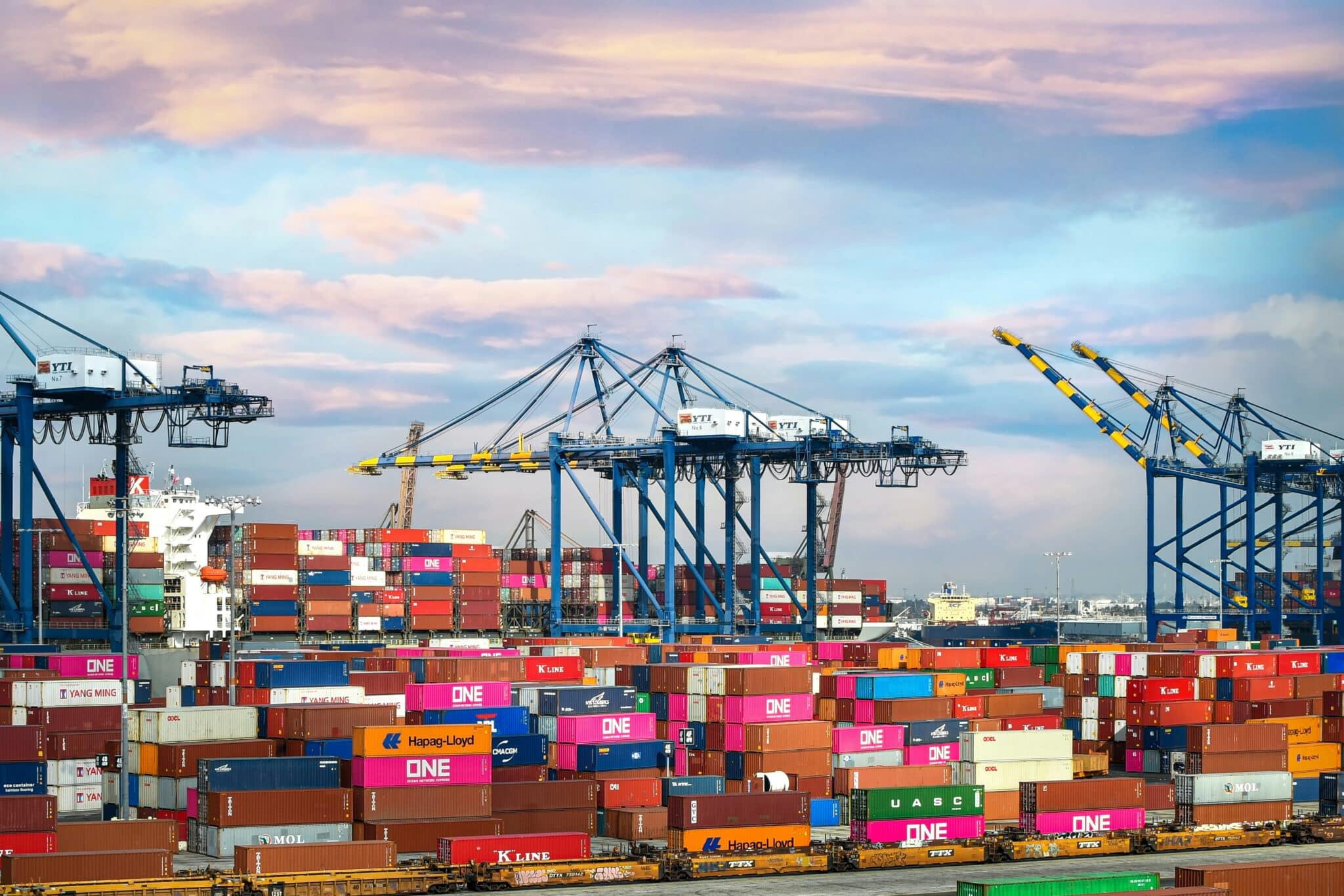Based on our work with clients; analysis of the wholesale and distribution sector; and input from expert consultants; we’ve identified the characteristics that define world-class wholesale organisations. This set of capabilities forms an anatomy that sets apart those businesses who are best placed to succeed as we move forward from the turbulence of 2020.
We have formulated a model for potential, based on what we see as the strongest indicators of organisational health across 6 key areas. Strength in each of the elements gives an organisation both resilience (to absorb and manage market and economic pressures) and strength (to outpace/out-manoeuvre competition and act on opportunity).
The fifth area to look at is robust governance.
Solid principles for process management
The wholesale operating model is complex – there are many moving parts, stakeholders and teams across a business. Factor in suppliers and clients and it becomes a long chain.
It’s tempting to focus in on the supply chain itself as that’s where most of the decisions need to be made on a day-to-day basis. The danger of this approach is that the demand plan then becomes rigid. If you concentrate primarily on the supply chain, planners can become fixated on their KPIs and sticking to a rigid demand forecast.
But the demand forecast is exactly that – a forecast. Deviations will happen. It’s vital that the overall demand plan considers all elements of the process and keeps sight of the fact that there are eventual consumers at the end of the chain beyond the primary client.
The rate of change in the marketplace can be dizzying. We’ve seen evidence of that time and again over the last year. Wholesalers need the organisational resilience to be able to adapt to often rapid, complex shifts seamlessly in order to thrive.
Knowing when to introduce new products in order to harness opportunity and judging the appropriate moment to drop items that aren’t performing needs to be based on more than just cost, price or entrepreneurial flair. To maximise opportunity and minimise obsolescence, demand management requires discipline and appropriate systematic support.
Key characteristics
Within each area of the anatomy of a world-class wholesale organisation, we have outlined a series of defining characteristics. When considering robust governance, these traits are as follows:
Demand management: We have implemented S&OP processes for Demand Management, planned to key account manager as well as consolidated across the business. This means that our activity and incentives are aligned to reflect stock, client demand and forecast accuracy – enabling us to optimise our returns on sales campaigns.
The organisations best placed to succeed have visibility on demand across their entire operating model, rather than relying on potentially outdated forecasts.
Product lifecycle management: We have a robust product lifecycle management (PLM) process in place that exploits our dynamic view of both market and inventory dynamics. This enables us to ensure the right SKUs are in play at any time.
World-class organisations manage their stock holdings to maximise opportunities and minimise the risk of carrying obsolete products.
Why it makes the difference
Establishing S&OP processes that span the entire complex value chain – from source to consumer – allows you to encompass all of the dynamics. They provide access to a ‘single version of the truth’ and ensure that decisions are made with all variables and potential impacts in mind. Stakeholders all start playing for the same team and better collaboration and decision making takes place.
Robust governance around decision making, supported by data and the appropriate automation, enables the skilled team working across the wholesale operation model to gain visibility. This allows for making better decisions at the right time, increased collaboration and the creation of value and efficiency across the whole supply chain.
A rigorous PLM process improves operations and increases a company’s ability to be agile and flexible in the face of complexity and a rapidly changing marketplace.
In our experience, it’s difficult for organisations to self-diagnose the key areas where change would have the biggest impact. The diagnostic tool we have created gives you the opportunity to pinpoint priority areas for attention, highlighting specific activities to help you enhance business performance and resilience.
What is the strength and resilience of your organisation? Try our self-assessment tool today.





